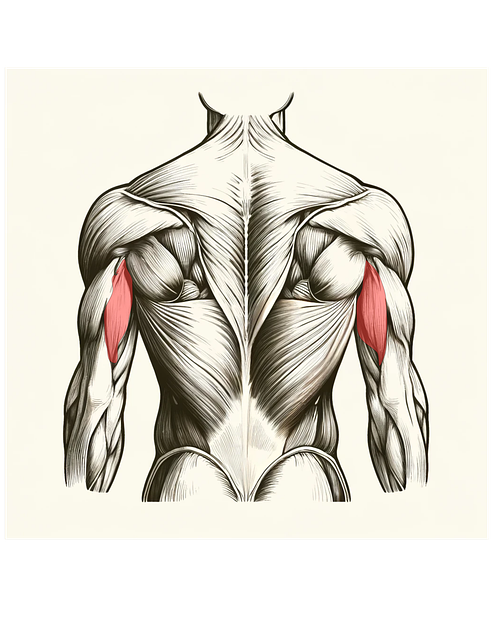California's Air Resources Board (CARB) enforces strict standards for vehicle emissions, mandating CARB-compliant air intakes to reduce pollutants like particulate matter and nitrogen oxides. Designers incorporate advanced filtration, optimized airflow, and precise engineering into intake systems while preserving engine performance and fuel efficiency. Prototypes undergo rigorous testing in simulated driving conditions, followed by quality assurance checks, ensuring compliance and contributing to improved air quality when used on California roads.
In California, the California Air Resources Board (CARB) emissions standards for air intakes play a crucial role in mitigating vehicular pollution. For designers and manufacturers, developing CARB-compliant air intakes is essential to ensure environmental protection and vehicle performance. This article explores key aspects of meeting these stringent standards, including design considerations, testing methodologies, and validation processes, all vital for creating efficient and lawful air intake systems in the Golden State.
- Understanding CARB Emissions Standards for Air Intakes in California
- Key Design Considerations for CARB-Compliant Air Intakes
- Testing and Validation Processes to Ensure Compliance
Understanding CARB Emissions Standards for Air Intakes in California

In California, the California Air Resources Board (CARB) sets stringent emissions standards for vehicles and their components, with a particular focus on air intakes. To ensure clean air quality, CARB-compliant air intakes are mandatory for all vehicles sold or registered in the state. These regulations target harmful pollutants, including particulate matter and nitrogen oxides, which contribute to smog and respiratory issues.
Designers and manufacturers must adhere to these standards, ensuring their air intake systems reduce emissions and maintain efficient vehicle performance. CARB-compliant intakes often incorporate advanced filtration technologies, optimized airflow designs, and precise engineering to meet the strict environmental requirements of California while preserving engine power and fuel efficiency.
Key Design Considerations for CARB-Compliant Air Intakes

When designing air intakes that meet California Air Resources Board (CARB) compliance standards, several key considerations come into play. These designs are crucial to ensure vehicles emit minimal pollutants and adhere to the stringent environmental regulations of the state. One primary focus is on optimizing airflow while maintaining strict particle and gas emissions limits. Engineers must carefully select materials that can withstand high temperatures and pressures without compromising structural integrity or contributing to particulate matter formation.
Additionally, CARB-compliant air intakes often incorporate advanced filtration systems. These filters are designed to trap fine particles and ensure that only clean air enters the engine. The location of the intake within the vehicle’s architecture is also critical, as it should be designed to minimize heat soak and maximize cold air ingestion, both essential factors in efficient combustion and emissions control.
Testing and Validation Processes to Ensure Compliance

The path to ensuring that vehicle emissions meet stringent standards begins with rigorous testing and validation processes. In regions like California, where the California Air Resources Board (CARB) sets the benchmark for air quality, compliance is paramount. CARB-compliant air intakes are designed to pass these tests by employing advanced filtration systems and precise engineering to minimize pollutants.
During development, prototypes undergo dynamic fuel efficiency and emissions testing in controlled environments. These tests evaluate the vehicle’s performance under various driving conditions, simulating real-world scenarios. Additionally, rigorous quality assurance checks validate the integrity of components, ensuring they meet precision manufacturing standards. This comprehensive approach guarantees that when a vehicle with CARB-compliant air intakes hits the road, it does so with the confidence that it will contribute to cleaner air and healthier environments.
Designing CARB-compliant air intakes for vehicles in California involves a deep understanding of stringent emissions standards and meticulous testing. By adhering to key considerations outlined in this article, manufacturers can ensure their products not only meet but exceed these regulations. The comprehensive testing and validation processes are vital to guarantee the effectiveness and environmental integrity of these components, ultimately contributing to cleaner air and a more sustainable future for California’s transportation sector.














